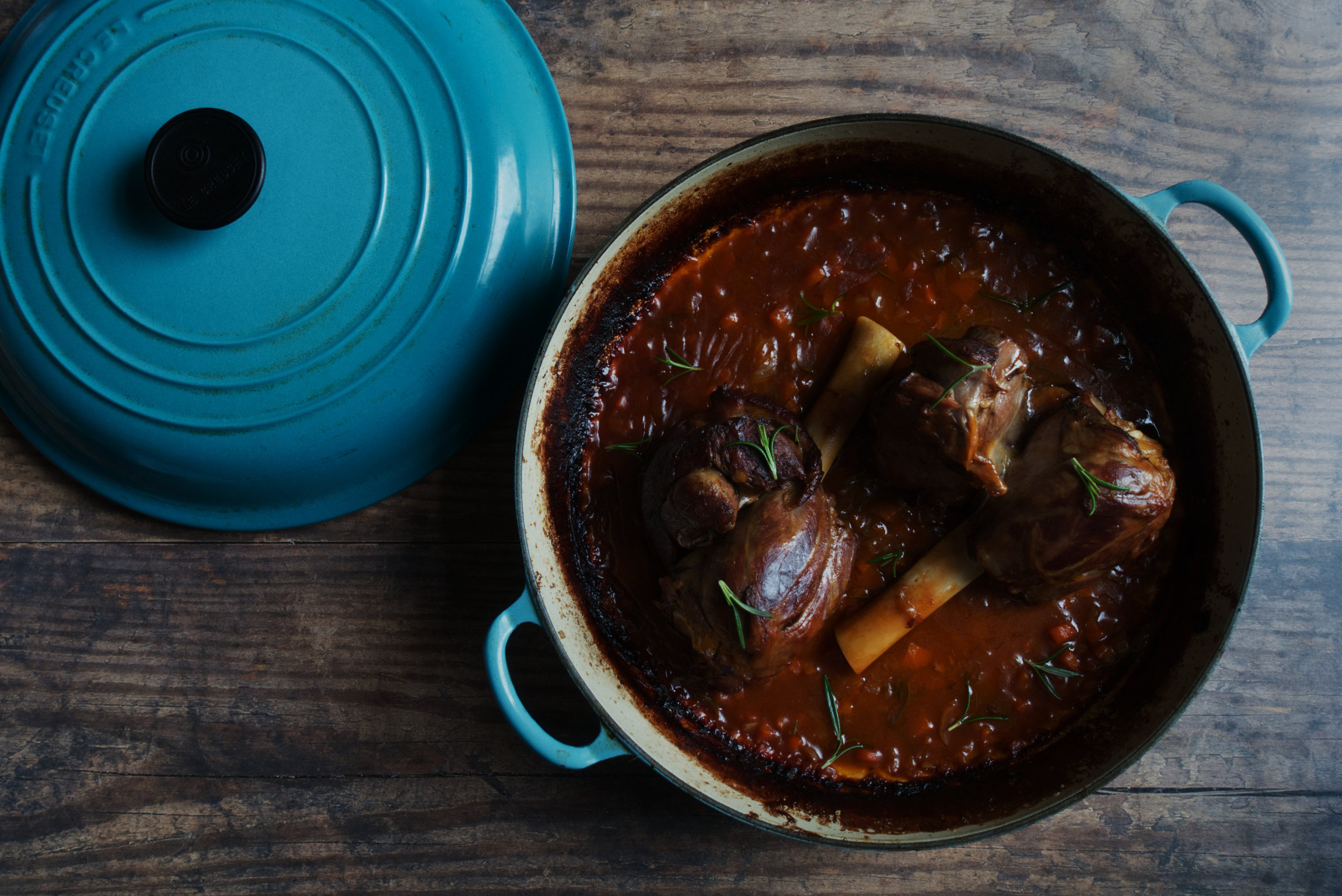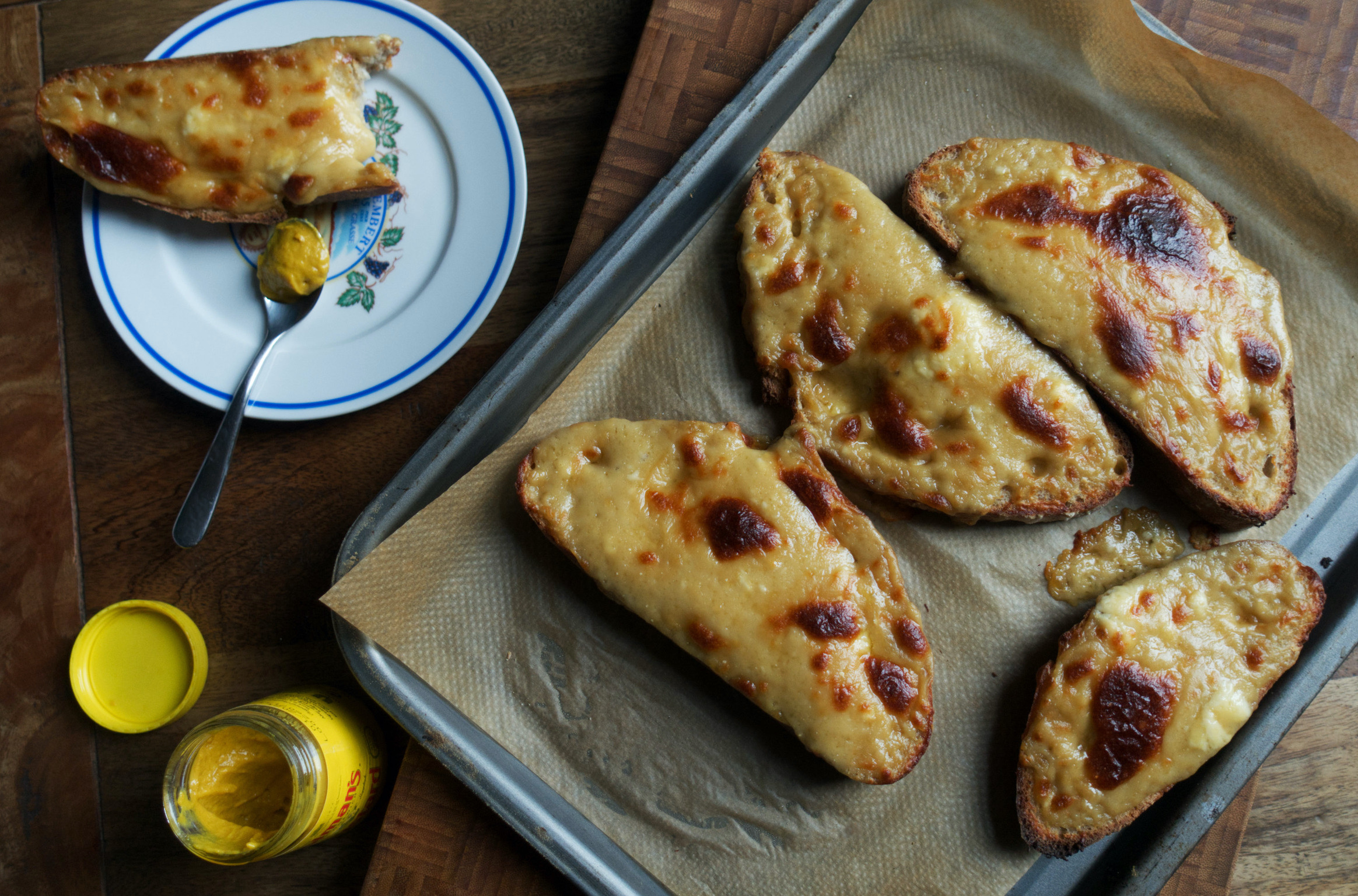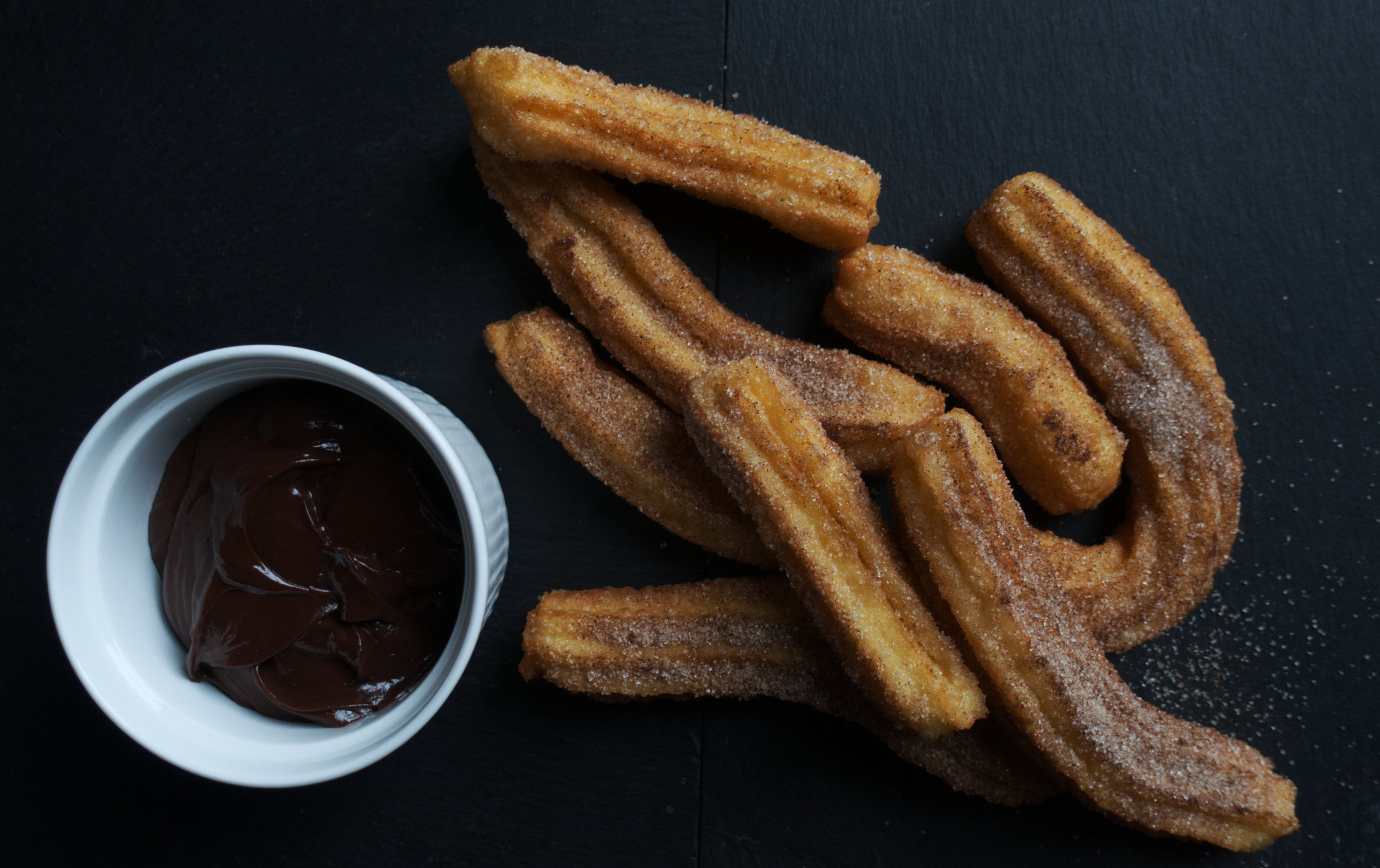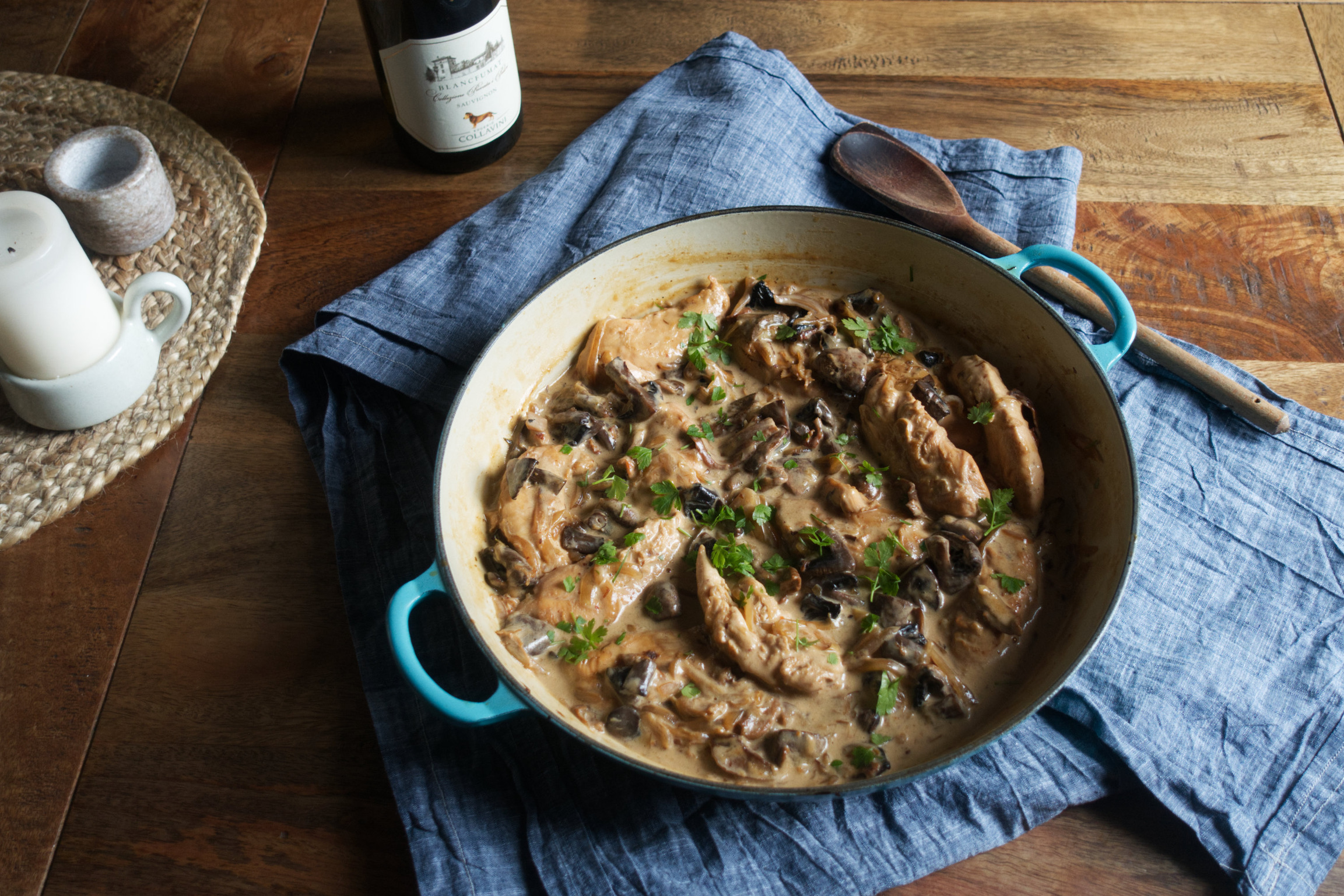Now that there’s a chill in the air and it’s getting dark at 4pm, it’s time to turn to those comforting winter staples that get us through the bleaker months of the year. And with lockdown 2.0 in full swing, we have never needed these satisfying dishes more:
Braised lamb shanks

Lamb shanks are one of my favourite cuts to braise. When it comes to meat, braising is great for cooking tougher cuts – like shanks, but also the shoulder, neck and shortribs. It breaks down the connective tissues in the muscles; it’s this connective tissue that makes the meat chewy if cooked hot and fast. If cooked slowly, the connective tissue turns into gelatine, making the meat soft and tender – and also gives body to the sauce that forms around the meat, making it rich and luscious. It’s one pot cooking at its very best: the liquid ensuring that the meat and veg cook evenly and slowly, and the meat giving the sauce depth in texture and flavour: a deliciously symbiotic relationship.
Cottage Pie

When you’re craving comfort food, because you’re ailing or stressed, the time it takes to make the dish also contributes to the comfort: the gentle stirring of a risotto, or the slow simmer of a soffrito, the achingly long low bake of a really good rice pudding with taut, golden skin is its own type of therapy.
The cottage pie is a good example of this: its dark, deeply savoury mince base needs at least an hour on the stove, over the lowest possible heat, as well as almost half an hour in the oven, once the buttery mash has been added. It requires chopping and peeling and browning and boiling and stirring and mashing. But all of those elements, building the dish, make the eventual eating of it even more satisfying, more joyful.
Chicken forestière

Chicken forestiére is chicken poached alongside mushrooms in a cream-based sauce: it’s a simple dish, but one that punches above its weight. It’s rich and satisfying, and deeply autumnal. Like many stews and casseroles it is profoundly unphotogenic, showing off between one and four shades of brown, but in real life it is lustrous and inviting.
Unlike loads of my other favoured stews, this one doesn’t take hours on the stove or in the oven. We can’t pretend it’s a ten minute start-to-finish dish, but it is one you can start after work and comfortably finish in time for dinner – and after the initial time investment, you can leave it to do its thing.
Welsh rarebit

Of course, Welsh rarebit is no simple cheese on toast. A proper Welsh rarebit, in my books, must be made by sizzling together butter and flour, and then slowly adding beer until a thick, gloopy sauce forms. Then handfuls of mature cheddar are added, and the whole thing is spiked with hot mustard and a good splash of Worcestershire sauce. That sauce is splodged onto bread and grilled until it is blistered and leopard-spotted. If you’ve only had cheese on toast before, Welsh rarebit is a revelation: smooth, strong, and deeply savoury.
Churros

Churros have some distinct advantages over other doughnut varieties. Unlike doughnut dough, churro batter doesn’t need proving, it’s ready as soon as you’ve mixed it together. And unlike choux pastry, it is a forgiving dough, that doesn’t require you to judge the texture or add the egg in tiny increments. And churros take a matter of moments to cook. Perhaps unsurprisingly for a dough favoured by street sellers and fair food stalls, it is easy to handle, and quick to produce – and, crucially, completely compulsive. I defy you to eat just one. Or two.
Spotted Dick for Grown ups

Spotted dick is ridiculously easy to bring together, needing only a quick stir from a wooden spoon, before being piled into a pudding basin. No creaming, no curdling, no melting or liaising. And it is, truly, a treat of a dish: the currants, far from being sad and coarse swell to plump and fruity, boozy from the sherry; the pudding itself is light, thanks to the suet which has a high melting point, so the pudding sets around it, creating an unexpectedly airy pud.
Lacking the sauce of a sticky toffee, or gooey exterior of a treacle pudding, it is even more important – integral – to the proper disposal of the pudding, that you drown it in really thick, really cold custard.
Tartiflette

Tartiflette tastes like a dish that is as old as the mountains in the Savoie from which reblochon hails, and, to be fair, its inspiration is found in a properly traditional recipe called péla. But the origins of the modern version are actually – delightfully – pedestrian. It was, along with the hummingbird cake, a marketing ploy: the Union Interprofessional Reblochon developed the recipe in the 1980’s to promote the sales of reblochon, and printed it on the back of the cheese boxes. It clearly worked: reblochon is now the cheese of choice for tartiflette and tartiflette is probably better known than it’s fire-cooked cousin, péla.
For me, there’s only one way to eat this: with a simple green salad, dressed with a sharp, mustardy vinaigrette, alongside a glass of punchy white wine.
Stilton and Broccoli Bake

Given its supporting cast, it’s surprising perhaps that the broccoli is the star of the show. I’ve only relatively recently fallen in love with broccoli, steadfastly believing for years and years that it could only be steamed or boiled and, invariably, slightly soggy. But broccoli, roasted at a high temperature, is a joy. So simple to prepare: no par-boiling needed, just popped into a roasting tray with a drizzle of olive oil and a sprinkling of salt, and left to do its own thing for twenty or so minutes.
Slightly charred broccoli is one of my favourite things: crunchy and complicated, and completely compulsive. With the right accompaniment it is vibrant: I like it with a creamy, parmesan-loaded dressing, maybe whisked with an egg yolk, like a cheat’s caesar dressing, or just liberally drizzled with lemon juice.
Sticky Toffee Pudding

I’m not sure what it is about proper sticky toffee pudding that sends everyone, including my family, so comprehensively mad for it, but it holds some kind of sugary, damp magic. I’m not talking about the tasteless, rubbery sponge you find in certain pub chains, or restaurants who view their dessert list as an upsell rather than a menu in its own right, with a sauce thin in flavour as well as texture. I’m talking about a pudding heavy with dates, laced with soft muscovado sugars, and maybe a little spice. For my money, it should be drenched – drenched – in a dark toffee sauce, thick enough to coat the back of a spoon. This recipe produces a lot of toffee sauce, but that’s borne of experience, where too soon only sad dribbles of toffee sauce are left in the jug, and at least one face at the table is aghast. If your pudding guests are less toffee greedy than mine, please feel free to scale back.
I know that the classic choice for serving sticky toffee pudding is ice cream, and that’s fine, but you’ll take the thick, fridge-cold custard from my cold, dead hands.







Comments